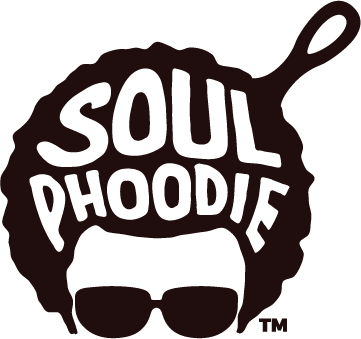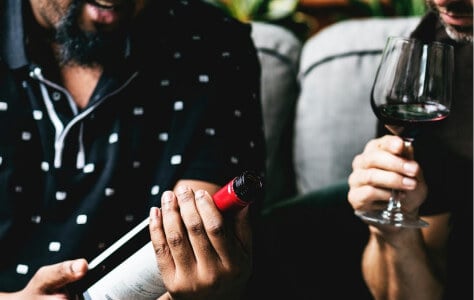by
What more does the wine community need to know about African American consumers?
This was the question racing through my mind as I sat and spoke with Julia Coney in Washington DC a few weeks ago. Coney, a lifestyle writer and consultant with a focus on wine, is a colleague and also a friend who good-humoredly tolerated my earnest questions that still rung, even to my own ears, of naiveté and being out-of-touch with an entire segment of the wine consuming public.
If this was happening in my personal conversations, even though I write regularly on underserved markets and try sincerely to understand the ramifications of political discourse on the wine industry, then what more does the industry as a whole need to know?
I’m careful to phrase the question as “what more” the wine community needs to know, for two reasons. First, there are concerted efforts at some companies and, in some cases, entire departments of people, who are dedicated to rigorously studying ethnically diverse communities of consumers. They already know quite a lot. The second reason, and on the other end of the spectrum, are the dangerous generalizations we might think we know about African American consumers, which range from “Black people like sweet flavors” to Cristal underscoring the ugly thug stereotype.
Which brings us to the “what more” there is to know, and Coney’s candid opinions on how to revise the industry’s perspective on the black community. Here are five excerpts from our conversation, from why there are no black people in wine ads, to “it’s like mansplaining, but for race,” to lowering the condescension level, to why we should send someone to the bookstore to pick up a few choice magazines.
Where are the black people in wine ads?
“There’s rarely a person who actually looks black,” Coney said. “You have a lot of racially ambiguous people.” This is problematic in terms of reaching a black audience because it doesn’t offer a point of access or someone to relate to, in much the same way that an ad featuring wealthy older men sipping expensive Bordeaux is unlikely to offer a point of access to young women who are new to wine. Each of these examples represents different stereotypes; rather than perpetuating them, the time has come for marketing that more accurately reflects global realities.
“Black people have a palate,” Coney said. “They’re interested in wine as a consumer.” Coney recommends examining our own implicit bias so that retailers, for example, can make black consumers feel welcome in their store. She referenced how she herself has been made to feel when shopping for wine. “There’s selling,” she said, “then there’s stalking. Don’t follow us around like we’re going to try to steal something. I know this because it happens to me.”
Ask questions, rather than make assumptions.
“Is there a term for mansplaining, but for race?” Coney and I laughed about this when we spoke in person, but revisiting it now underscores a painful poignancy. The problem stems from making assumptions – about the price point they’re comfortable with, about the flavors they prefer, about whether or not they’ll understand a technical term for wine.
How to avoid this trap? Ask questions, just as good retailers and sommeliers do with every customer and guest. Be curious about the responses and let the responses (rather than your own eagerness to share knowledge or sell a particular wine) guide the recommendations.
What’s the effect of asking questions?
“It takes the condescension level down,” Coney said.
“When wine people are reaching out to African Americans, you need to find an African American to reach out.”
“Great people make wine but they aren’t necessarily the ones to sell to the African American community,” Coney said. “A lot of people of color feel very uncomfortable around lots of white people.” She sees big wine conglomerates come to town and put on events, but there isn’t a single person of color working on their behalf. It’s a major missed opportunity: a report released earlier this year estimates the spending power of African Americans at $1.2 trillion annually.
What are some starting points?
When I asked Coney for examples of wine brands who are doing a good job at marketing to African American consumers, she referenced Veuve Clicquot. “Veuve makes drinking Champagne fun, no matter what the color,” she said. I also asked what marketers could do, to start getting a handle on better communication with black consumers. Send someone to the bookstore, she advised, and pick up a bunch of women’s magazines, especially Essence and Ad Week. It sounds old school, she said, but you have to start somewhere.
Cathy Huyghe is the co-founder and CEO of Enolytics and the author of Hungry for Wine: Seeing the World through the Lens of a Wine Glass. Find her at cathyhuyghe.com, Twitter, Facebook, and Instagram.


